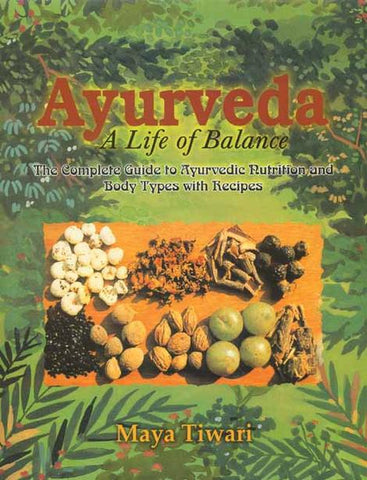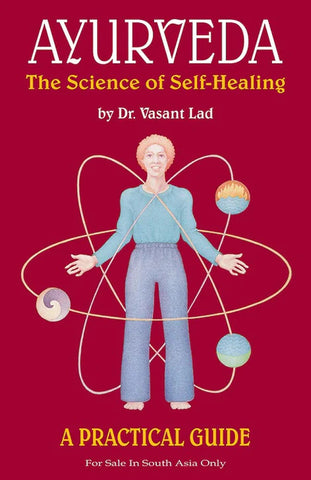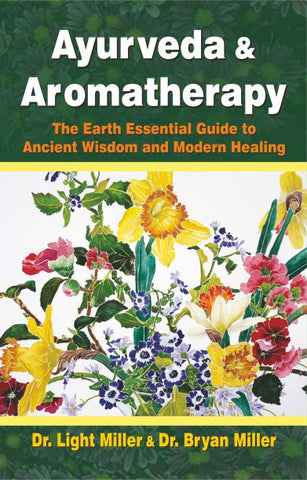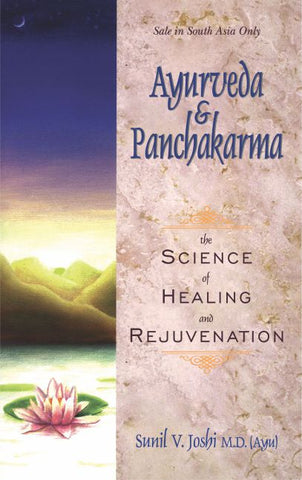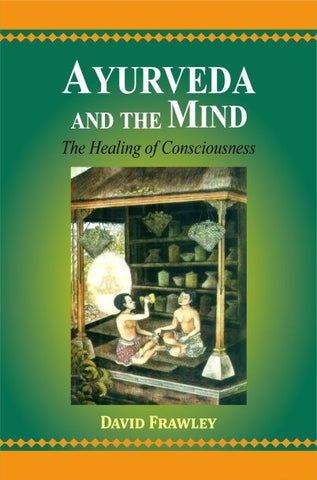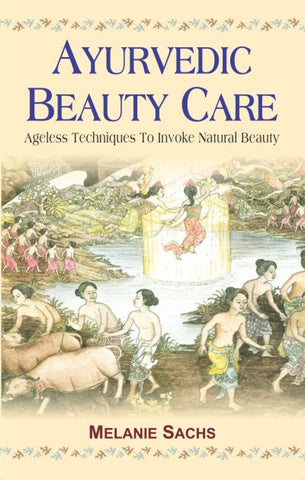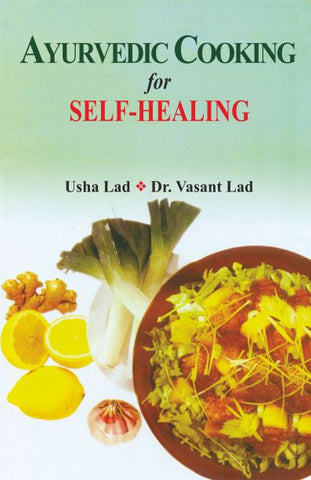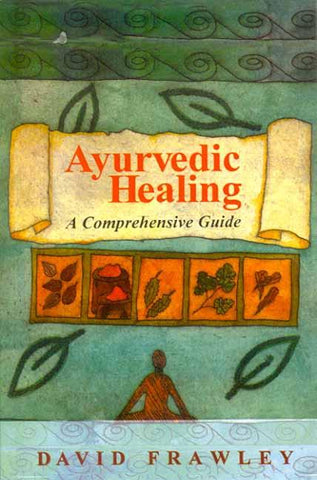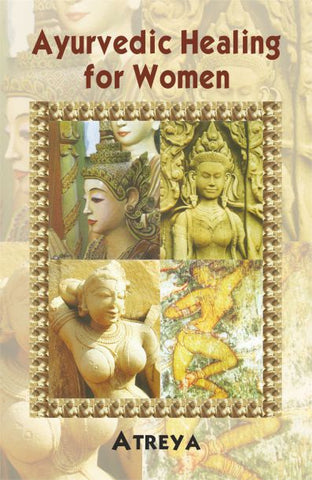Your cart is empty now.
Tibetan medicine was probably the first truly integrated system of ancient. Tibetan Ayurveda provides a comprehensive guide to the four levels of traditional Tibetan medicine with a wealth of traditional health practice and teachings.
Much of the contemporary material on Tibetan medicine focuses soley on herbal medicine and acupuncture Tibetan ayurveda goes beyond these to look at other important forms of treatment such as pancha karma for detoxification and rejuvenation and kum nye for integrating mind and body.
Robert Sachs has spend the last twenty five years studying with some of today most noted Tibetan spiritual leaders and ayurvedic physicians . He is a member of sogyal rinpoche’s spiritual dying network, a licensed social worker , and a member of the American massage therapy association. He is the author of perfect endings and nine star your astrological companion to feng shui. He lives in California
My interest in Tibetan medicine began in 1972 when I became involved with Tibetan, or Vajra-yana, Buddhism. But it was not until 1977 that my wife Melanie and I were able to pursue this interest when we became part of a Tibetan medical study group in London under the guidance of Dr. Tom Dummer. Other than information on Tibetan medical philosophy and theory, little material about daily health practices in the Tibetan medical system had been translated. However, from my study of other Eastern medical traditions and martial arts, I was convinced that such day-to-day practices must also exist in the Tibetan medical system.
Soon after moving back to the United States from England, I met the Venerable Khenpo Karthar, Rinpoche, abbot of Karma Triyana Dharmachakra in Woodstock, New York. An impeccable teacher with a sixth sense of what needs to be answered beyond the question posed, Khenpo Rinpoche answered all my questions about Oriental medicine, with an explanation of why the question was not a correct one. This process of redefining and refining went on between Khenpo Rinpoche and me for five years. As I look back I see that during that time my under-standing of medicine and healing was being steered to a deeper level of awareness with great subtlety.
In 1984, it was announced that Khenpo Rinpoche would be giving a month-long seminar on the practice of the Medicine Buddha. Looking forward to the seminar with great anticipation, I believed that I could finally get all my questions about Tibetan medicine answered.
However, what transpired during the seminar was not at all what I had expected. There were no lectures on anatomy or physiology., nor were there any on food, herbs, medicines, or medicine theory. Instead, our group was given a thorough explanation of the meditation practice on the Medicine Buddha. Day in and day out we learned details of visualization and the importance of the symbology. Day in and day out, we recited hours of Medicine Buddha mantras. Day in and day out, Khenpo Rinpoche refrained our perception of reality, revealing the enlightened nature of all aspects of our existence, taking us beyond what we thought was possible. When it was time to leave, I had learned something far more important than what I had expected, something that was to affect all my future studies of medicine and healing.
In the practice of Medicine Buddha meditation, one visualizes that the teachings of the Medicine Buddha come pouring into one in the form of colors, sounds, and impressions. While engaged in visualization and reciting the mantra, one may consider some health issue for oneself or someone else. Whatever one needs to know flows into one in a similar manner.
When practicing meditation following a spiritual path, there is a point at which one knows that the world is much vaster than normally perceived. Thus a leap of faith is necessary. This leap is supposed to be grounded in confidence, both in the practice and in the teacher empowering one to do the practice. Visualization in the Tibetan Buddhist context is not creative imagery or a mere affirmation of what we want to see. According to tradition, what is visualized is the reality we would know if we were not blinded by our preconceptions.
In this context, from the time I received these teachings from Khenpo Karthar, Rinpoche, and began doing daily recitations of the Medicine Buddha practice, a continuous flow of information regarding both Indian and Tibetan Ayurvedic medicine has been imparted to me in such a manner that I have been able to integrate it into my daily life. The teachers and the published and unpublished materials I have discovered since then have not only deepened my knowledge of Tibetan medicine and healing arts but have also provided me with insights into what I had previously studied about alternative and traditional medical practices.
Knowledge of the healing science of Tibet is slowly coming to the West as more and more publications in English are being made available to the non-Tibetan reader. Bob Sachs's work Health for Lift is a major departure from these publications because it not only emphasizes the practical side of Tibetan medicine but also integrates aspects of other related sciences of Tibet, such as Yantra Yoga, meditation, and spiritual practice, in a way that presents a true picture of the holistic nature of Tibetan medicine. Tibetan medicine was probably the first integrated system of ancient healing sciences. From the seventh through the tenth century, Tibetan kings encouraged physicians from India, China, Nepal, Persia, and Greece to come to Tibet to teach their traditional medical sciences to Tibetan physicians, who were then primarily influenced by shamanic and Ayurvedic systems of medicine. Consequently, in the eleventh century the famous Tibetan physician Yutok Yonten Gonpo produced the four medical tantras, the first major texts on Tibetan medicine, which present Ayurveda, Chinese medicine, and Persian and Greek medicine from a Buddhist philosophical and psychological perspective. Unfortunately, in the last century Tibetan medicine as science and practice has primarily focused on herbal medicine and limited use of acupuncture while ignoring many other forms of treatment such as pancha karma, lifestyle management, and Yantra Yoga. In the last few years I have attempted to revive these aspects of Tibetan medicine in the West, and Bob Sachs has been a very valuable assistant in this process. For several years Bob Sachs has been studying Tibetan medicine with me and other physicians. Because of this knowledge and his familiarity with other medical science systems, such as Chinese and naturopathic medicine, his book discusses these lesser but equally important parts of Tibetan medicine in a more comprehensive manner than previously.
The purpose of this book on preventive health care in when' Tibetan medicine is twofold. First and foremost, in a time health care has become a major personal, social, and political issue, this book offers useful information for building a balanced lifestyle that promotes health and prevents disease. In the -Tibetan medical tradition there is a more comprehensive preventive health-care model than can be found in current Western conventional and alternative health-care models. Diet, exercise, relaxation, environmental consciousness, meditation, rejuvenation, and spiritual growth, all extolled as essential for the promotion of health and personal growth, are part of this great tradition.
What makes the Tibetan model even more appealing is that, unlike the current holistic health models, which are a patchwork of insights and practices from various systems, it is an integrated system rooted in one well-formulated philosophical perspective. In the Tibetan system practices done are designed to be complementary, and the logic for various practices within the system is based on a specific philosophy of life and health that extols the importance of balance for creating a healthy, productive, and meaningful life.
The second purpose of this book is linked closely to the first. Until now, proponents of Tibetan medicine have not fully demonstrated how it fits into Western culture and the modern world. Great Tibetan doctors have come to the West. Their interaction with the western medical community has been written up in medical journals. These doctors have met hundreds, if not thousands, of people as clients, taking pulses and prescribing medicines. Yet while some people have benefited from their guidance, they have not received comprehensive instruction in Tibetan daily health-care and lifestyle practices. This volume is an attempt to change this situation. In a spirit that honors this great tradition, the preventive aspects of Tibetan medicine are presented in a form adapted to a Western audience. Readers who sincerely want to assess their lives and make intelligent choices based on Tibetan tradition will find what is offered here easy to follow and beneficial.
The primary source for much of the material presented here are the four great medical tantras, called the Gyud-Zhi. This is a shortened name for what is translated as "The Ambrosia Heart Tantra: The Secret Oral Teachings on the Eight Branches of the Science of Healing."' The word tantra literally translated means lineage.2 It implies a teaching that has been passed on in an unbroken line since the time it was transmitted by an enlightened being to at least the time when the teaching was "officially" put in the written or oral form used since. According to the sacred history of Tibet, tradition teaches that the origin of these tantras is Buddha Vaidurya or Buddha of Aquamarine Light, who first presented them in a paradise known as Tanatuk. In that celes-tial paradise, Medicine Buddha (as he is commonly known) emanated Himself as two beings: the sage Yile Kye and the sage Rigpe Yeshe. As is customary with many of the Buddha's teachings, the transmission took the form of a dialogue. The sage Yile Kye raised pertinent questions, and the sage Rigpe Yeshe answered them.; For those interested in a more secular historical view of events, Terry Clifford's Tibetan Buddhist Medicine and Psy-chiatry4 provides details on how the GyudZhi came from India to Tibet and what influence Tibetan shamanic and medical traditions, as well as knowledge that was passed along the Silk Road, had on the practice and interpretations of the tantras. Of particular note are the medical conferences organized by King Srongtsan Gampo in the eighth century. Physicians were invited from Persia, India, China, and other parts of Asia to share their knowledge of healing, thus enriching Tibetan medical practice and establishing Tibet as the holistic medical capital of Asia.
Whether one prefers the sacred or the secular historical account of the development of Tibetan medicine, the scope and depth of knowledge of anatomy and physiology, diagnosis, and treatment passed on in the Gyud-Zhi is extensive and impressive, even by the standards of Western medical science. What is pertinent for the Western reader is to distinguish the four levels of Tibetan medicine that are woven throughout the narrative of these texts.
Contents and Sample Pages
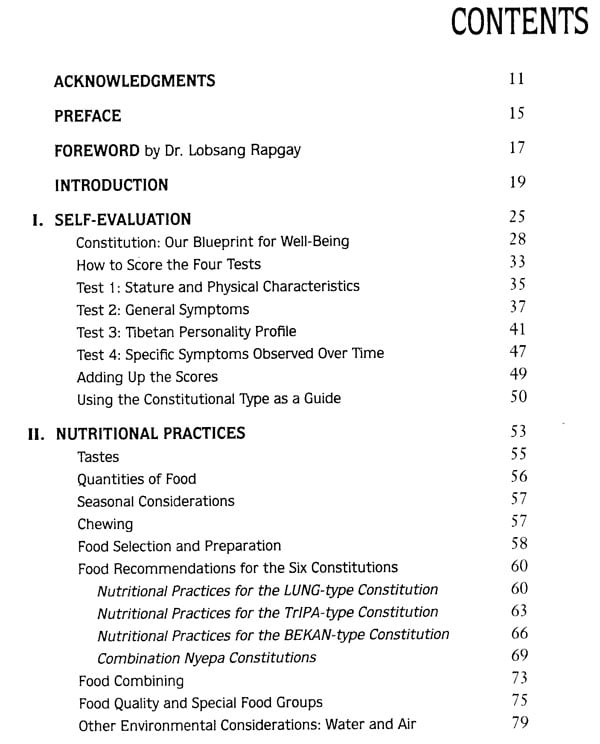



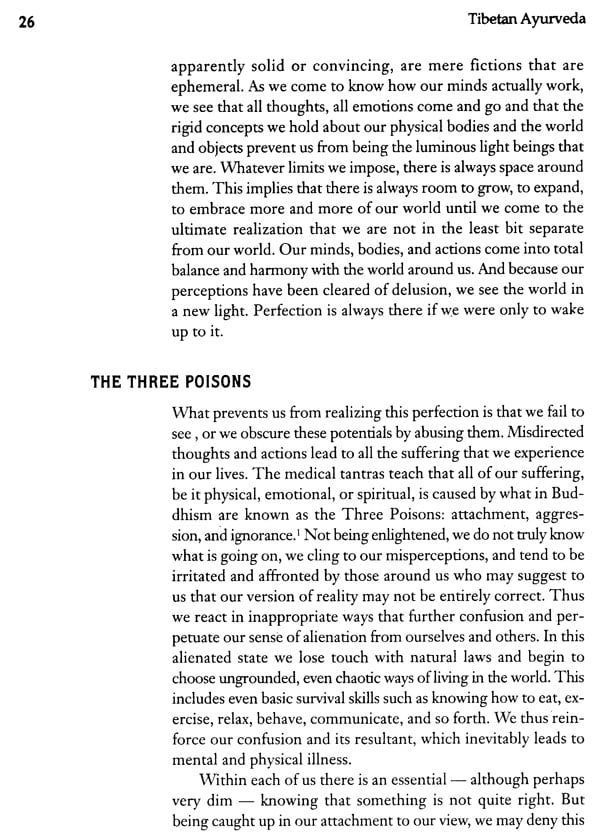

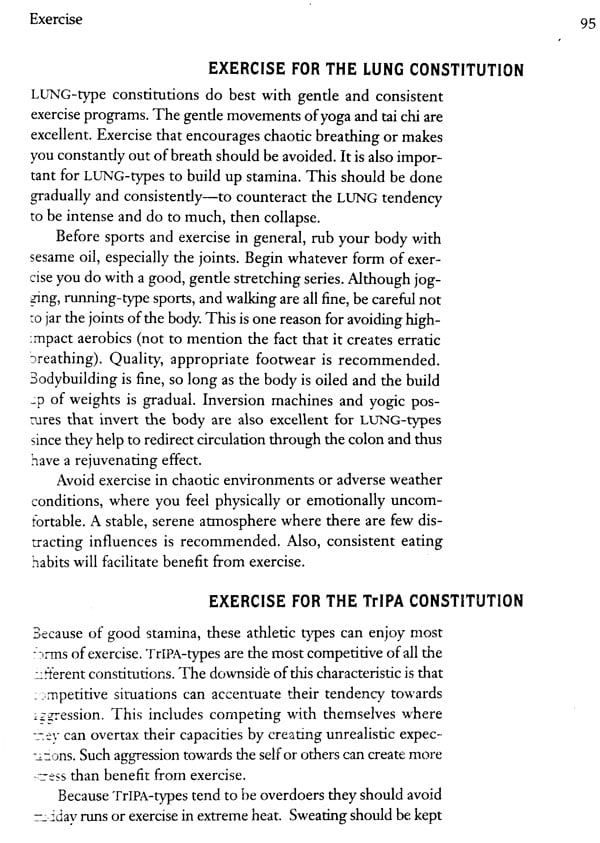

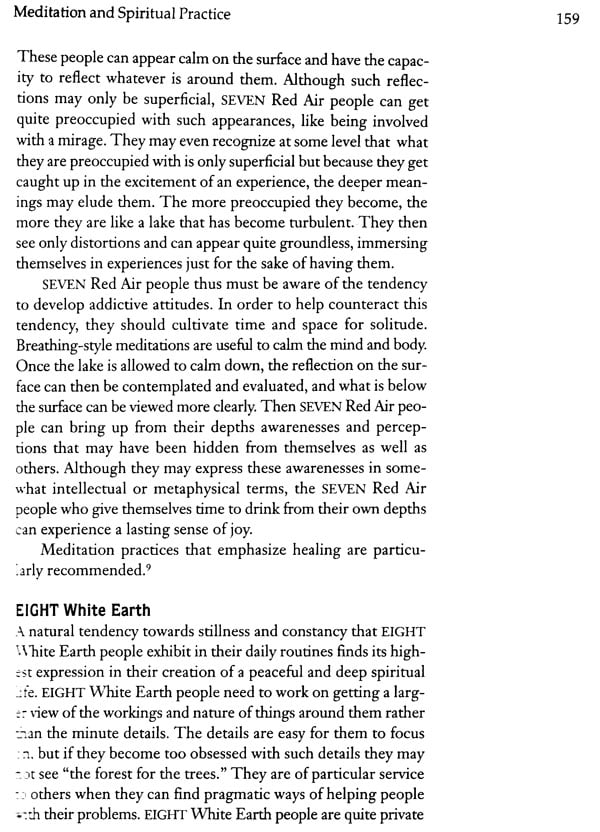


Delivery and Shipping Policy
- INTERNATIONAL SHIPPING
- Rs.1000-1100/kg
- ESTD. Delivery Time: 2-3 weeks (depending on location)
- Bubble Wrapped with Extra Padding
- NATIONAL SHIPPING
- NCR: Rs. 30/half kg
- Standard: Rs. 80/half kg
- Express shipments also available on Request
- ESTD. Delivery Time: Ranging from 1-4 days up to 7 business days (Depending on your choice of Delivery)
- TRACKING
- All orders; national or international, will be provided with a Tracking ID to check the status of their respective orders
- Depending on the Shipping Service, Tracking ID may be used on their respective tracking portals
Frequently Asked Questions (FAQs)
Domestic Shipping: 3-4 Days (after shipping)
International Shipping: 1-2 weeks (based on your location)
You will receive an email once your order has been shipped or you can email us if you didn't receive tracking details (info@mlbd.co.in)
Every book that we sell is the latest edition except all the rare books
Yes, we do provide free shipping, only on domestic orders (within India) above Rs.1500


